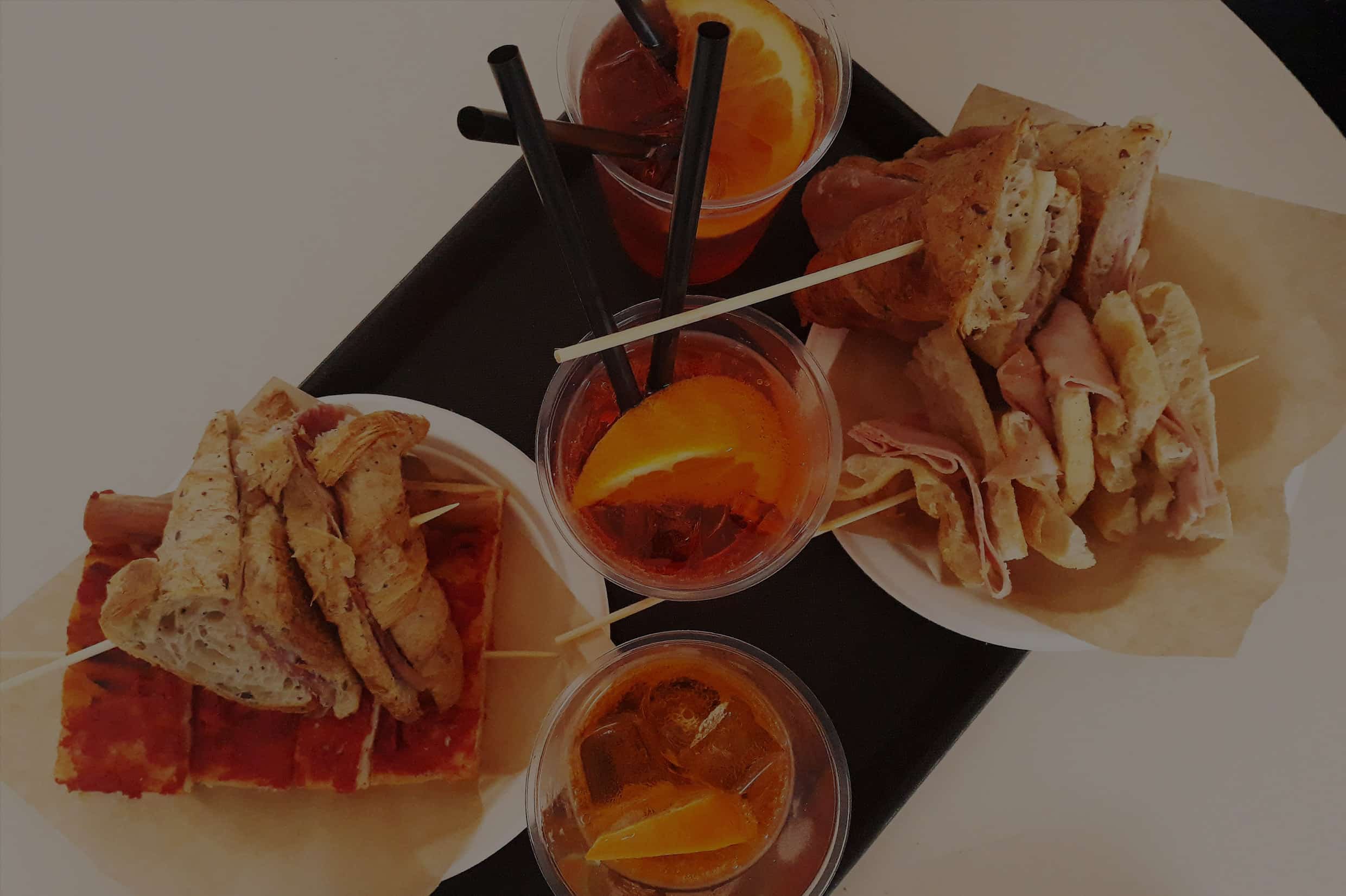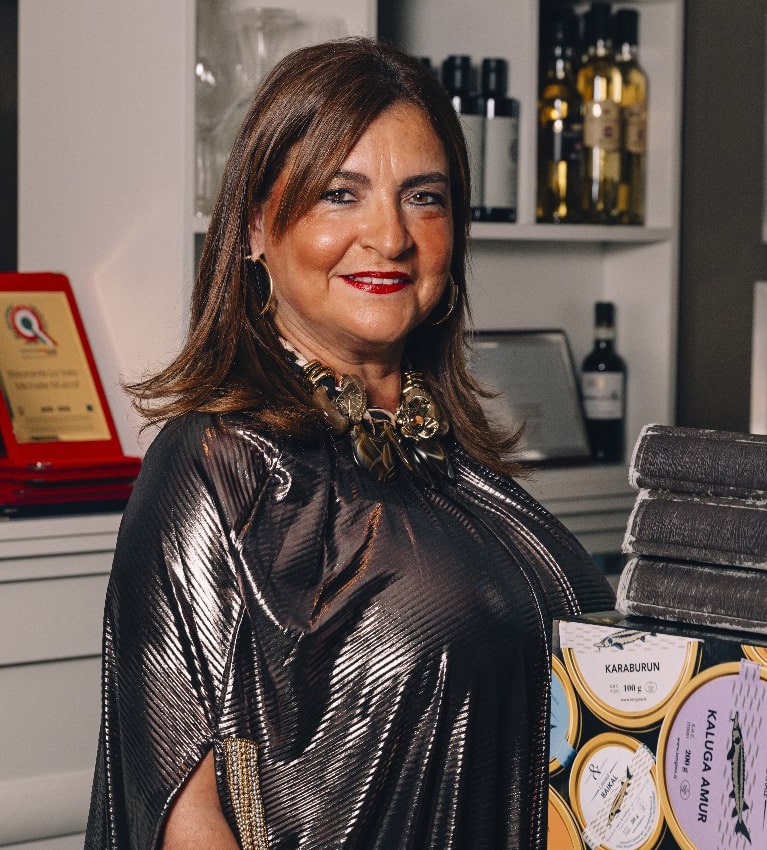
Unlocking the Apertif: A Ritual of Taste, Culture & Quality
October 11, 2025

Who’s Serving the Soul of Malta ?
October 11, 2025
Weaknesses Must Be Seen As Opportunity – ACE
October 11, 2025In the vibrant world of food and beverage, few rituals are as enduring and culturally rich as the aperitif.
Rooted in centuries-old European traditions, the aperitif has evolved into a global pre-meal custom — a sensory prelude designed to whet the appetite, stimulate conversation, and set the tone for the culinary experience to follow.
What Is an Aperitif?
An aperitif (from the Latin aperire, meaning "to open") refers to a drink typically enjoyed before a meal to stimulate the palate. While wine or beer can technically be served as aperitifs, classic options include fortified wines (such as vermouth), bitter liqueurs, dry sparkling wines (such as Prosecco), or spirits mixed with soda or tonic. Increasingly, low- and no-alcohol aperitifs are also taking centre stage, responding to the growing demand for mindful consumption.
The Role of the Aperitif
More than just a drink, the aperitif is a cultural ritual. It bridges the gap between the hustle of the day and the leisurely pace of a meal, encouraging relaxation, social connection, and anticipation. In hospitality, serving an aperitif is a gesture of welcome, signalling to guests that the experience ahead is curated and thoughtful.
From a physiological standpoint, aperitifs — especially those with bitter notes — gently stimulate gastric secretions and prepare the digestive system. A well-chosen aperitif doesn’t overpower the palate but enhances it, leaving room for the main act: the food.
Aperitif Culture in Malta
Malta’s hospitality scene is ideally suited for aperitif culture. With its Mediterranean climate, alfresco dining, and rich culinary tradition, the island lends itself naturally to the pre-dinner ritual. Local establishments have embraced this trend, offering curated aperitif menus, often featuring Mediterranean-inspired ingredients like citrus, herbs, olives, and artisanal vermouths.
As more patrons seek not just a meal but a holistic experience, aperitifs offer a perfect opportunity to elevate service. Aperitivo hours and pre-dinner drinks can increase dwell time, enhance revenue, and contribute to a sense of luxury — even in casual settings.
How to Judge a Quality Aperitif
In an increasingly saturated market, understanding what makes a quality aperitif is essential — whether you're a sommelier, bartender, restaurateur, or simply a curious consumer. Here are key indicators of quality:
1. Balance of Flavour: A well-crafted aperitif strikes a careful balance between bitterness, sweetness, and acidity. It should be refreshing and complex, never cloying or overly alcoholic.
2. Aromatic Complexity: High-quality aperitifs often feature botanical infusions — herbs, citrus peels, spices, roots. You should be able to distinguish layers of aroma and flavour, which unfold gradually.
3. Craftsmanship and Origin: Provenance matters. Many producers, especially artisanal and small-batch distillers, rely on traditional recipes and local ingredients. Labels that highlight geographical origin and production methods often signal authenticity and care.
4. Versatility in Mixology: A superior aperitif should hold its character when mixed. Whether served over ice, topped with soda, or used in cocktails like the Negroni or Spritz, it should maintain flavour integrity.
5. Visual Presentation: Though aesthetics doesn’t guarantee quality, premium aperitifs are usually thoughtfully packaged — both in branding and colour. The liquid itself should appear clear or vibrantly infused, not dull or sedimented (unless intentionally unfiltered).
A Lasting First Impression
In today’s hospitality landscape, where experience matters as much as taste, the aperitif is a powerful tool. It marks the beginning of the guest’s journey and offers an immediate touchpoint for quality and style.
For Malta’s HORECA sector, embracing and refining the aperitif experience is not only an homage to Mediterranean tradition — it’s a strategic advantage. With the right approach, a single glass can elevate service, spark conversation, and set the stage for unforgettable dining.

Panos Foteiadis
Panos Foteiadis is a renowned mixologist with 20 years of experience in high-end venues. As a Diageo Bar Academy Trainer, Panos imparts his extensive knowledge and passion for mixology to budding bartenders and industry professionals. His expertise and creativity have earned him numerous accolades, including five Maltese national cocktail competition titles.
In 2019, Panos's exceptional skills were recognized on the global stage when he secured the bronze medal at the World Cocktail Championship. Panos's dedication to the craft of mixology and his ability to create innovative and exquisite cocktails make him a standout figure in the world of bartending.
Click here to see Horeca Issue 21 online



